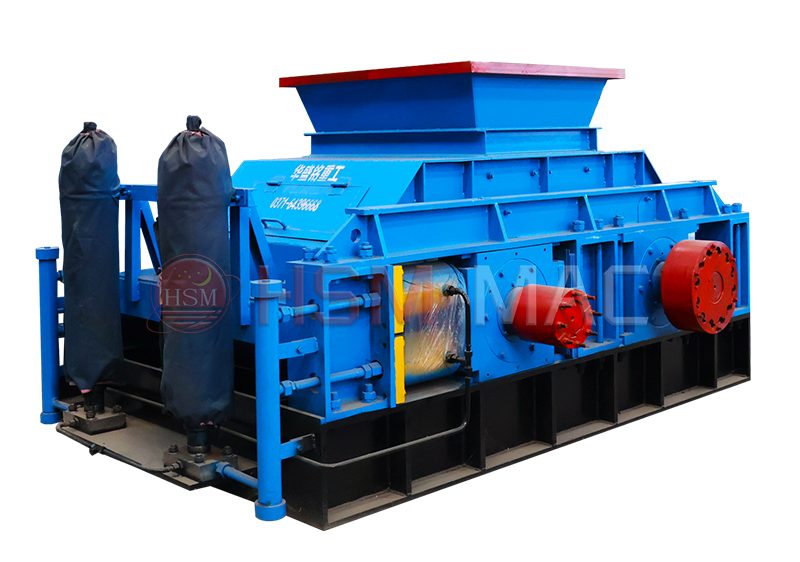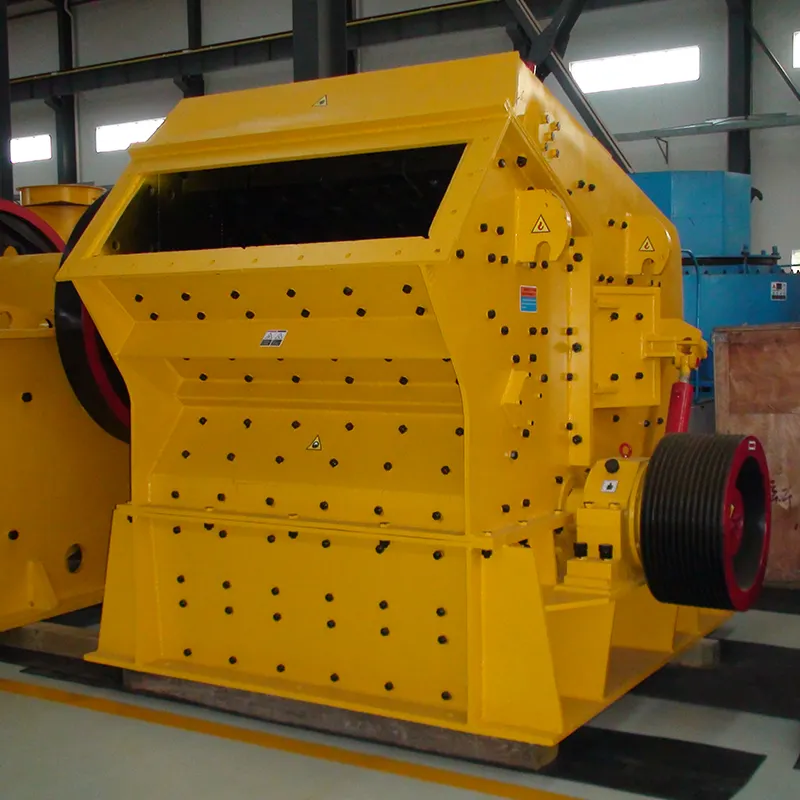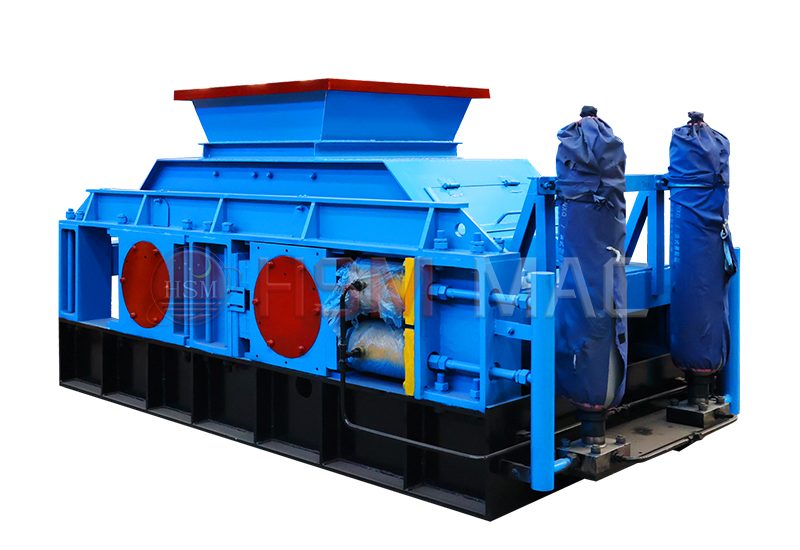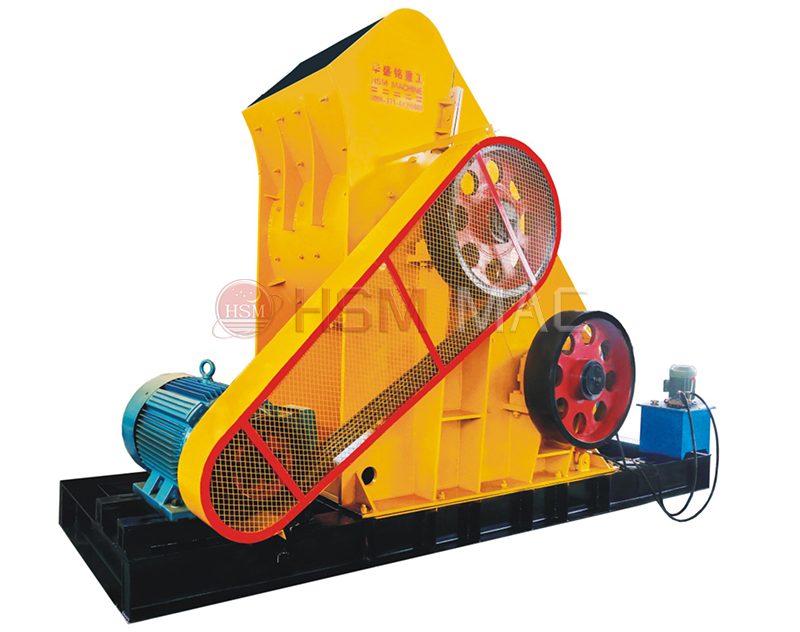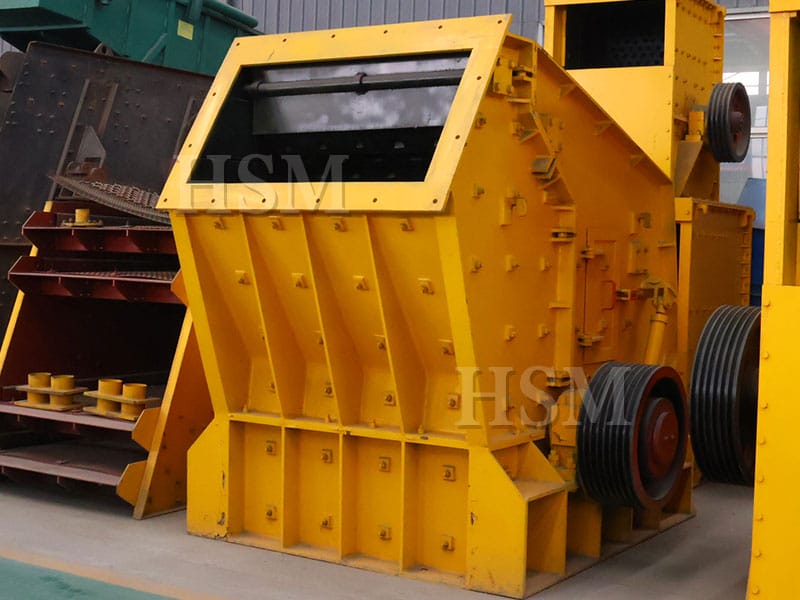
Impact crusher, as a crucial ore crushing equipment, imposes significant environmental requirements. While driving production, reasonable management and environmental protection are key to ensuring sustainable development.
Environmental Requirements of the Impact Crusher
Firstly, the emissions from the impact crusher must comply with environmental standards. The exhaust gases and wastewater generated during the equipment’s operation should undergo effective treatment to ensure that emissions do not pollute the surrounding environment. The adoption of advanced emission control technologies, such as dust collectors and desulfurization devices, can effectively reduce the release of harmful substances, protecting the atmospheric and water environments.
Secondly, reducing noise pollution is an important aspect of the environmental requirements for impact crushers. Under vibration and impact, the equipment may generate noise. And excessive noise can have adverse effects on the surrounding ecology and residents’ lives. Therefore, equipment manufacturers should use soundproofing materials, optimize structural design, and reduce the equipment’s noise levels. Ensuring that the production process does not disturb the tranquility of the surrounding environment.
Thirdly, the generation of dust during the equipment’s use should be controlled reasonably. The crushing process may produce a large amount of dust, which, if not handled properly, can negatively impact air quality. The use of dust prevention facilities and wet processing methods can effectively control the spread of dust, protecting the atmospheric environment.
In addition, scientifically planning the layout. And site selection of the equipment is also crucial to reducing the impact of the crusher on the environment. Avoiding concentrated placement of equipment and adopting reasonable site planning can reduce damage to the surrounding natural ecology and minimize adverse effects on vegetation and soil.
Overall, the use of impact crushers needs to comply with strict environmental standards. Through advanced technological means and scientific management measures, it is essential to minimize adverse environmental impacts and achieve a balance between economic benefits and environmental protection.











